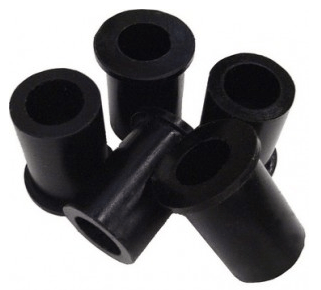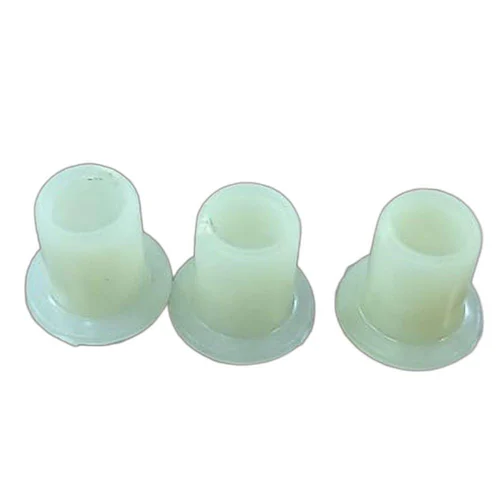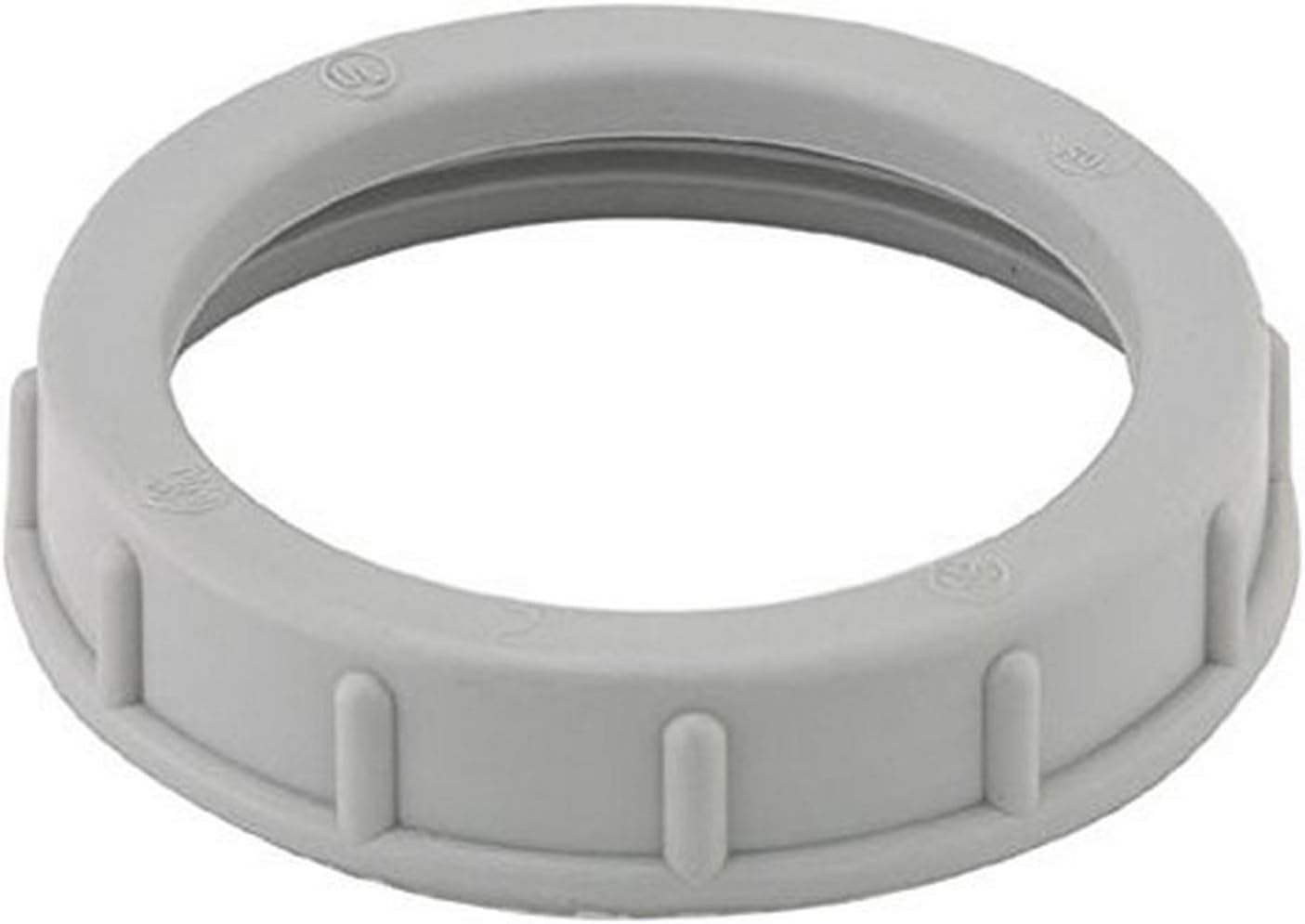Product Description
Our Services
Product Design Material Selection
Mold Design Mold Making
Bulk Production Logo Printing
Surface Treatment Assembling
Packaging Door to Door Delivery
| Material | EPDM,Silicone,FKM,NBR,NR,SBR,IR,IIR,etc. |
| Color | Black, white, red, green, transparent or any color according to Pantone code |
| Size | As per customer’s requirements |
| Technology | Compression molding, injection molding, vacuum vulcanizing, extrusion |
| Surface Treatment | Powder coating, Zinc coating, Galvanization, Electro-deposition coating, Chrome/zinc/nickel plating, Polishing, Silkscreen, Black oxide |
| Application | Automotive, ATV, Mechanical equipment, Construction, Home appliance, Aviation, Office facilities, Agriculture, etc. |
| Shippment | We have longterm cooperation with internation shipping agent and express company, so that shipping safty and arriving time are secured |
Detail Image
Why Choose Us
Our Machine
Product Range
Contact Us
/* January 22, 2571 19:08:37 */!function(){function s(e,r){var a,o={};try{e&&e.split(“,”).forEach(function(e,t){e&&(a=e.match(/(.*?):(.*)$/))&&1
| Usage: | Agricultural, Industrial, Vehicle, Electronic, Household |
|---|---|
| Material: | Polyurethane Rubber |
| Color: | Black,White,Red,Green or Any Color According to PA |
| Other Material: | EPDM,Silicone,FKM,NBR,Nr,SBR,IR,Iir,etc. |
| Hardness: | Shore a 15-95 |
| Tolerance: | 0.01mm–0.05mm |
| Customization: |
Available
| Customized Request |
|---|

Can I get advice on choosing plastic bushings for noise reduction in machinery or equipment?
If you are seeking advice on choosing plastic bushings for noise reduction in machinery or equipment, consider the following factors:
1. Material Selection:
– Look for plastic bushings made from materials specifically designed for noise reduction, such as acetal (POM), nylon, or polyurethane. These materials have inherent damping properties that can help reduce vibrations and noise.
– Consider the operating conditions of your machinery or equipment. Ensure that the chosen plastic bushings can withstand the temperature, humidity, and chemical exposure of the application environment.
2. Design and Fit:
– Choose bushings with a design that matches the specific requirements of your machinery or equipment. Consider factors such as the load-bearing capacity, clearance, and fit tolerance.
– Opt for bushings with a tight fit to minimize movement and vibration, which can contribute to noise generation. A snug fit can help dampen vibrations and reduce noise effectively.
3. Lubrication and Maintenance:
– Plastic bushings often require lubrication to minimize friction and noise. Consider whether the chosen bushings need periodic lubrication or if they are self-lubricating.
– Evaluate the maintenance requirements of the bushings. Some plastic bushings may require regular inspection and replacement if they wear out quickly, while others have a longer lifespan.
4. Compatibility and Performance:
– Ensure that the chosen plastic bushings are compatible with the machinery or equipment they will be used in. Consider factors such as shaft material, surface finish, and operating speed to ensure optimal performance.
– Look for bushings that have been specifically tested or certified for noise reduction applications. Manufacturers may provide information on noise reduction capabilities, such as decibel reduction or noise attenuation levels.
5. Expert Advice and Supplier Support:
– Consult with experts or suppliers specializing in plastic bushings for noise reduction applications. They can provide valuable guidance based on their knowledge and experience.
– Explain your specific requirements and provide details about the machinery or equipment to receive tailored recommendations and ensure the best possible noise reduction solution.
By considering material selection, design and fit, lubrication and maintenance, compatibility and performance, and seeking expert advice and supplier support, you can make an informed decision when choosing plastic bushings for noise reduction in machinery or equipment. Prioritize noise reduction properties while ensuring compatibility with the application and considering long-term performance and maintenance needs.

What are the common sizes and dimensions of plastic bushings, and how do I choose the right one for my application?
When selecting plastic bushings, it’s important to consider the appropriate sizes and dimensions to ensure compatibility with your application. Common sizes and dimensions of plastic bushings can vary depending on the specific industry and application requirements. Here’s some information to help you understand the common sizing aspects and guide you in choosing the right plastic bushing for your application:
- Inner Diameter (ID): The inner diameter refers to the measurement of the opening of the bushing, which corresponds to the shaft or pin it will be mounted on. It is crucial to select a plastic bushing with an inner diameter that matches the diameter of the shaft or pin in your application. Measuring the shaft or pin accurately will help you determine the appropriate inner diameter of the bushing.
- Outer Diameter (OD): The outer diameter refers to the measurement of the outside surface of the bushing. It corresponds to the bore or housing in which the bushing will be inserted. Ensure that the outer diameter of the plastic bushing matches the dimensions of the bore or housing to achieve a proper fit and alignment.
- Length: The length of the plastic bushing is the distance between the two ends of the bushing. It determines the amount of space occupied by the bushing within the application. Consider the available space and clearance in your application to select a plastic bushing with an appropriate length that fits without interference.
- Flange or Collar: Some plastic bushings may have a flange or collar at one end, which provides additional support or acts as a stopper. The presence of a flange or collar can affect the overall dimensions and installation requirements of the bushing. Determine if your application requires a bushing with a flange or collar, and consider the additional dimensions it adds to the overall size.
- Wall Thickness: The wall thickness of the plastic bushing refers to the thickness of the material between the inner and outer surfaces of the bushing. It plays a role in determining the strength and load-bearing capacity of the bushing. Consider the expected loads and forces in your application to select a bushing with an adequate wall thickness to handle the required load requirements.
In order to choose the right plastic bushing for your application, it is recommended to follow these steps:
- Identify the specific dimensions and requirements of your application, such as the required inner diameter, outer diameter, length, and any additional considerations like flanges or collars.
- Refer to the manufacturer’s documentation, catalogs, or product datasheets to identify plastic bushings that match your required dimensions and meet the performance criteria for your application.
- Consider the load capacity, speed limitations, temperature range, and other relevant factors specified by the manufacturer to ensure the selected bushing meets the performance requirements of your application.
- If necessary, consult with application engineers or technical experts who can provide guidance based on their experience and knowledge of plastic bushings.
- Procure a sample or a small quantity of the selected plastic bushing to test its fit, function, and performance in your specific application before proceeding with larger-scale implementation.
By considering the common sizes and dimensions of plastic bushings and following the selection process outlined above, you can choose the right plastic bushing that fits your application’s requirements, ensuring proper functionality and performance.

What are the advantages of using plastic bushings over traditional metal bushings in machinery?
Using plastic bushings in machinery offers several advantages compared to traditional metal bushings. Plastic bushings, also known as polymer bushings or plain bearings, are made from various synthetic materials such as nylon, PTFE (polytetrafluoroethylene), UHMW (ultra-high-molecular-weight polyethylene), or composite polymers. Here are some advantages of using plastic bushings:
- <strong(Self-Lubrication): Plastic bushings often have inherent self-lubricating properties. They contain solid lubricants or have low-friction surfaces, reducing the need for additional lubrication. This feature reduces maintenance requirements, eliminates the risk of oil or grease contamination, and improves the overall reliability and cleanliness of the machinery.
- Low Friction and Reduced Wear: Plastic bushings typically exhibit low coefficients of friction, resulting in smoother operation and reduced wear on mating surfaces. The lower friction reduces energy consumption and heat generation, contributing to improved efficiency and extended equipment lifespan.
- Noise Reduction: Plastic bushings often dampen vibration and noise, resulting in quieter machinery operation. This is particularly beneficial in applications where noise reduction is essential, such as in consumer appliances or precision equipment.
- Corrosion Resistance: Unlike metal bushings, plastic bushings are generally resistant to corrosion and chemicals. They can withstand exposure to harsh environments, including moisture, chemicals, and certain acids or alkalis, without deteriorating. This corrosion resistance contributes to longer service life and reduced maintenance requirements.
- Lightweight: Plastic bushings are typically lighter than their metal counterparts. This can be advantageous in applications where weight reduction is important, such as in automotive or aerospace industries, as it can contribute to improved fuel efficiency and overall performance.
- Cost-Effectiveness: Plastic bushings are often more cost-effective compared to metal bushings. They can be produced at a lower cost, and their self-lubricating properties eliminate the need for additional lubricants and associated maintenance costs. Additionally, plastic bushings can reduce the wear on mating parts, extending the lifespan of the overall system and reducing replacement costs.
- Design Flexibility: Plastic bushings offer design flexibility due to their ability to be molded into complex shapes. This allows engineers to design customized bushings to fit specific applications, optimizing performance and reducing the need for additional components or modifications.
It’s important to note that the advantages of plastic bushings may vary depending on the specific application and operating conditions. In certain high-load or high-temperature scenarios, metal bushings may still be preferred. Therefore, it’s crucial to consider factors such as load capacity, temperature range, speed, and environmental conditions when selecting the appropriate bushing material for a given machinery application.
By leveraging the advantages of plastic bushings, machinery can benefit from improved performance, reduced maintenance, extended lifespan, and enhanced overall efficiency.


editor by CX 2024-05-08